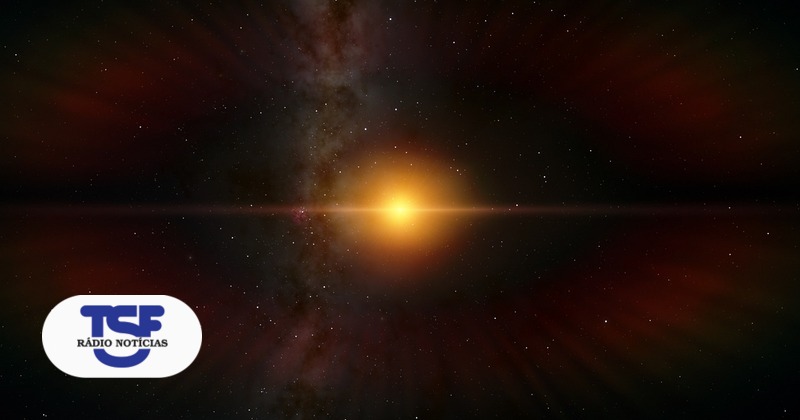Researcher Louise Simis has succeeded in developing the aerospace machine learning data challenge to develop an artificial intelligence device that can, more accurately, capture information about exoplanets and contribute to the work of the European Space Agency.
Louis Simis received the award after improving his ability to detect light emitted by a star and exoplanets with the most accurate algorithm.
The European Space Agency (ESA) has launched a challenge to confirm the conditions required for the study of exoplanets (planets orbiting a star, but not belonging to the solar system) on an aerial mission. .
For the Portuguese researcher, participating in “machine learning ‘competitions at intervals from time to time, this competition is aimed at developing the ability to” solve problems and use a variety of methods “, as well as the development of artificial intelligence” near “. “.
Subscribe to the newsletter
To the challenge he thought was best “due to its relevance and complexity” he responded by developing a solution with an average margin of 0.00007 error.
“The specific problem, the detection of exoplanets, is done by different approaches, but one of the most successful is related to the study of light curves, so the light coming from the star to us and a planet, in its orbit, moving forward, the shape that this curve considers tells us a lot about the planet,” said Luis Simis Lusa. Explained.
This method is already being used to “identify thousands of exoplanets,” he agrees, but with the more ambitious purpose of “understanding the chemical composition of this planet’s atmosphere.”
“This is only possible with tools that are not available today, so 10 years ago, people in the community were interested in reading and getting started on the challenges,” Louis Simis added.
The solution he found did not provide new data, but Louis Simis developed a “practically error-free (…), highly accurate model”.
This accuracy is important because “the question of guessing the chemical composition of the atmosphere is the next processing of the data given by the algorithm”.
“There, it already enters other parts of astronomy, but if misinterpreted at this point in the statistical chain, the following steps will mislead us as to what the true properties of the planet are.”
To get there, this algorithm is automatically programmed “based on training data”.
To this end, the team that carried out the ESA mission created “artificial data, through simulators, as realistic as possible at this time, what future data would be collected again”.
That data has been distorted “by the upcoming data scandal at work – the whole challenge of measuring hundreds of light years of how many photons are coming from different sources due to thermal fluctuations”, but, what the initial data is, it is possible to estimate the degree of accuracy of the solutions provided.
“We are many years away, which is not yet the final model, but the work is already a significant step towards achieving the exact level of desiredness,” the researcher said.
Louis Simis began working on using artificial intelligence for space problems, creating “Airbus and ESA systems to control the landing of ships on other planets”.
In 2008, with the crisis, he moved to the Netherlands, where he began cooperating with the ESA.
He returned to Portugal in 2018, where he co-founded ML Analytics with his wife.

“Travel maven. Beer expert. Subtly charming alcohol fan. Internet junkie. Avid bacon scholar.”







More Stories
The ranking of the best survival horror games selected by the IGN US editorial team has been released! Resident Evil RE:2 ranked first
Enjoy a hot cigarette while looking at whales and tropical fish under the sea ⁉︎ “Ploom Dive” is an amazing spatial video experience using Apple Vision Pro
Apple Watch now supports sleep apnea, watchOS 11 released – Impress Watch